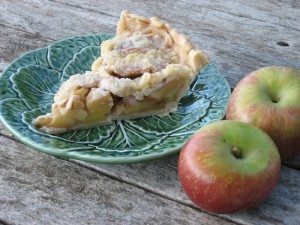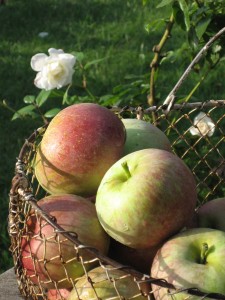 My mom who is a Master Gardener in Missouri, during her last visit here introduced me to the perennial, Lotus Maculatus, Gold Flash. It is a great trailing plant for a pot or even ground cover. It has dense green foliage and large beak-shaped yellow orange flowers. It also comes in a bright orange-red colored version called Amazon Sunset. The Lotus averages 3-6" high and 36-72" wide (trailing). It will do well in full sun or partial shade. It likes regular water, in fact I water it every day, when I am tending to my chickens. There are two more species of Lotus, Berthelotii (Parrot's Beak) and Corniculatus (Bird's Foot Trefoil). Zones vary by species.
My mom who is a Master Gardener in Missouri, during her last visit here introduced me to the perennial, Lotus Maculatus, Gold Flash. It is a great trailing plant for a pot or even ground cover. It has dense green foliage and large beak-shaped yellow orange flowers. It also comes in a bright orange-red colored version called Amazon Sunset. The Lotus averages 3-6" high and 36-72" wide (trailing). It will do well in full sun or partial shade. It likes regular water, in fact I water it every day, when I am tending to my chickens. There are two more species of Lotus, Berthelotii (Parrot's Beak) and Corniculatus (Bird's Foot Trefoil). Zones vary by species.
This particular Lotus Gold Flash was planted within a draining pot, that fits within the rim of the vintage tall chicken feeder. Vintage chicken feeders are so much fun to pot up, and have so much character. One can usually find them for a reasonable price, the more rust the better the character, and they look great potted. This is a very tall chicken feeder, the only one I have ever seen, that a dear friend and fellow chicken aficionado gave me.
In time, the Lotus Gold Flash has beautifully cascaded over the top. In the shallow bottom rim, where chickens would normally be pecking for feed, I have planted Echeveria perennial succulents around the base. Echeveria require less water than the Lotus, and also planted in a shallow rim will stay on the dry side. The colors of the Lotus foliage and the Echeveria mirror each other nicely. These two plant types are a great complement to the tall chicken feeder. My little vintage hen statuary likes her potted vintage chicken feeder so much, she is staying close by.







